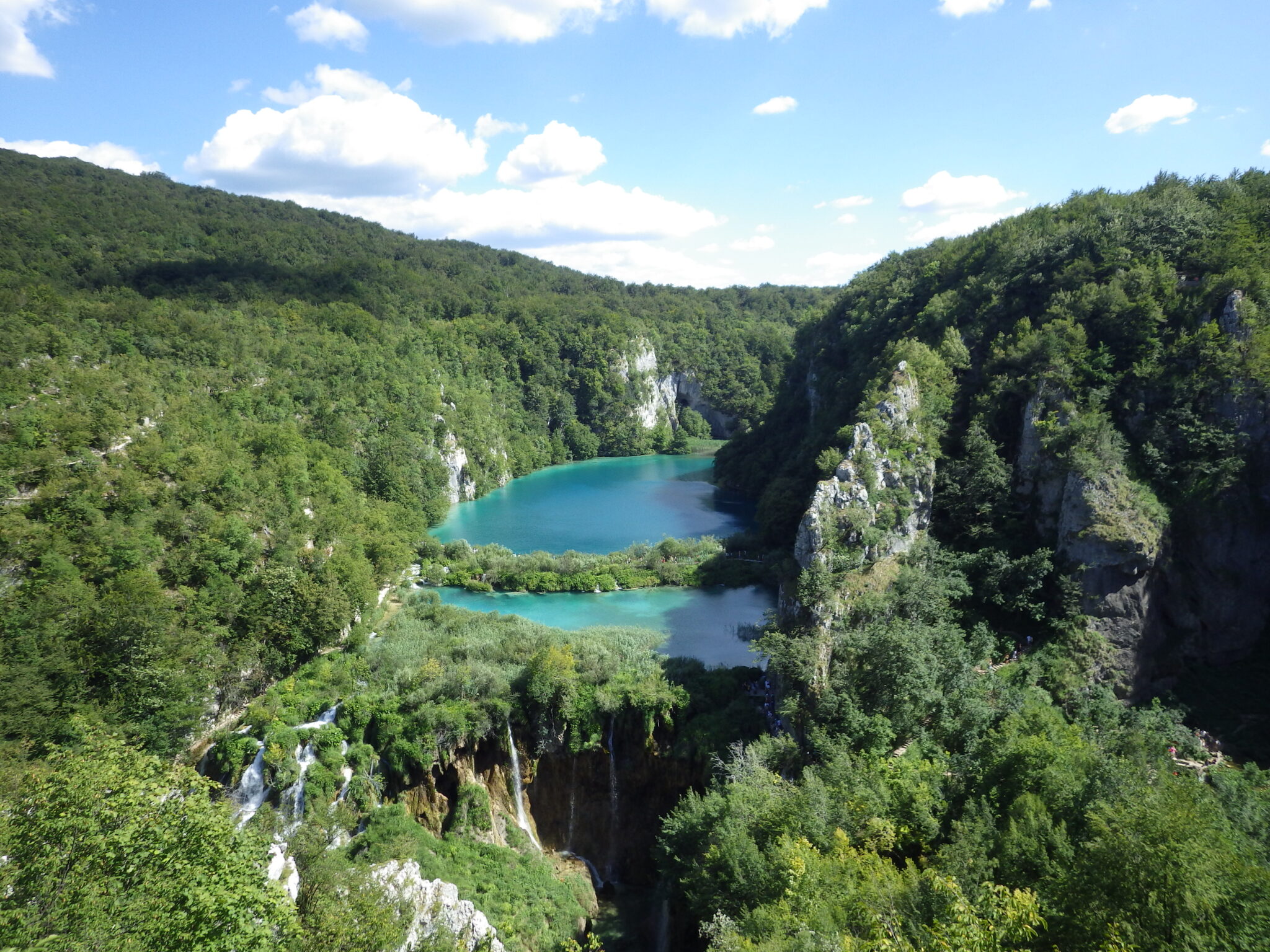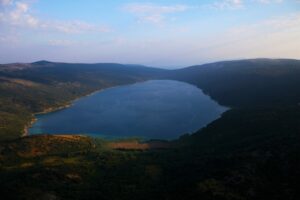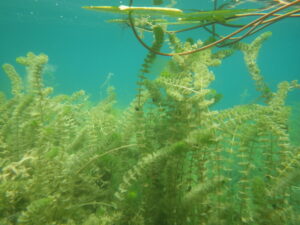Monitoring implementation at Croatian lakes


According to official Eurostat statistics, Croatia is the richest European country in terms of per capita freshwater resources available for human consumption. This fact is certainly supported by the potential of rivers and lakes, commonly referred to as surface freshwater resources. In contrast to rivers, lakes are standing bodies of water surrounded by land, although some of them can actually be flowing, such as the natural Plitvice Lakes or artificial reservoirs on large rivers.
Lakes play a multifaceted role. As an economic resource for individual communities, they help to diversify energy supplies by producing much-needed renewable electricity. In some cases, they also serve as important water reservoirs for human consumption. Lakes make an equally important contribution to biodiversity, as demonstrated by Vransko Lake near Biograd na Moru, which has been designated a nature park and ornithological reserve. They also make an important contribution to landscape diversity and cultural heritage, as demonstrated by the cascade system of 16 Plitvice Lakes, which has been declared a national park, or Lake Visovac, which is an integral part of Krka National Park.
One example of a lake that plays a crucial role in the water supply is the natural Vransko Lake on the island of Cres. It is under special protection, as its exceptional quality and volume of approximately 220 million cubic metres of fresh water supplies the inhabitants of the islands of Cres and Lošinj and their numerous guests with drinking water during the summer months. In addition to natural lakes, there are also numerous artificial lakes that serve to supply water, such as Lake Ponikve on the island of Krk or the Butoniga reservoir in Istria.
Due to the great importance of the lakes, but also the pronounced anthropogenic pressure on them, a monitoring system for water quality has been set up on the basis of the Water Framework Directive, which aims to achieve and maintain good water status. The monitoring of the ecological status/potential and chemical status of lakes is carried out monthly by the Josip Juraj Strossmayer Water Institute and covers lakes with an area of more than 0.5 square kilometres. The monitoring started about ten years ago with a few natural lakes and has since expanded to a total of 50 lakes, eight of which are natural lakes, while the others are artificial or heavily modified lakes serving various purposes.
More than 150 indicators are analysed monthly, including physico-chemical, biological, microbiological and chemical indicators. Given the recent public interest in the aforementioned Vransko Lake on the island of Cres, particularly with regard to the presence of heavy metals such as lead, mercury and arsenic, it is worth noting that the levels in the lake have been very low over the past five years and have fallen far short of the limits prescribed in the applicable regulations (the Regulation on Water Quality Standards and Amendments to the Regulation on Water Quality Standards and the Regulation on Conformity Parameters, Methods of Analysis and Monitoring of Water intended for Human Consumption).


